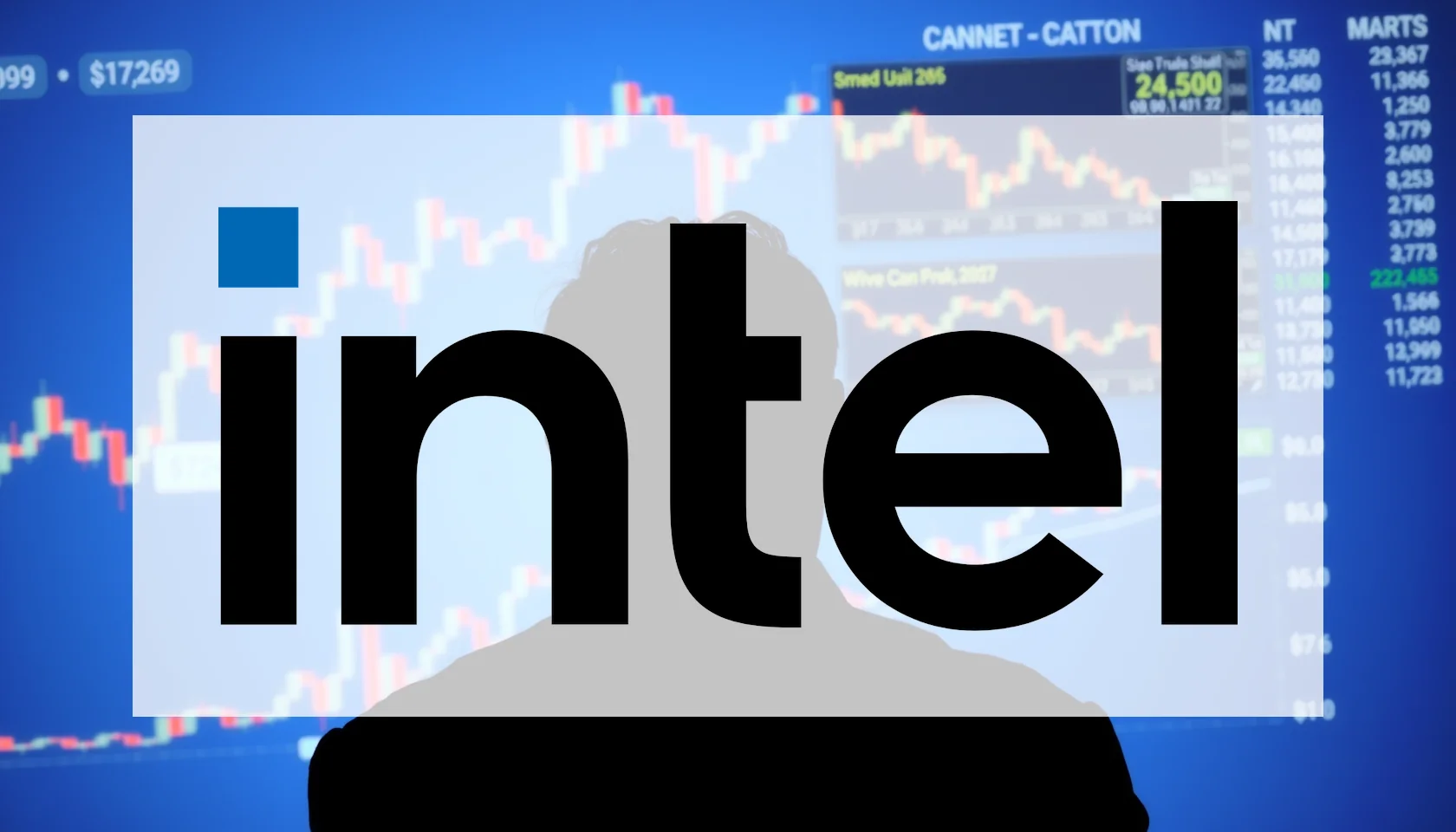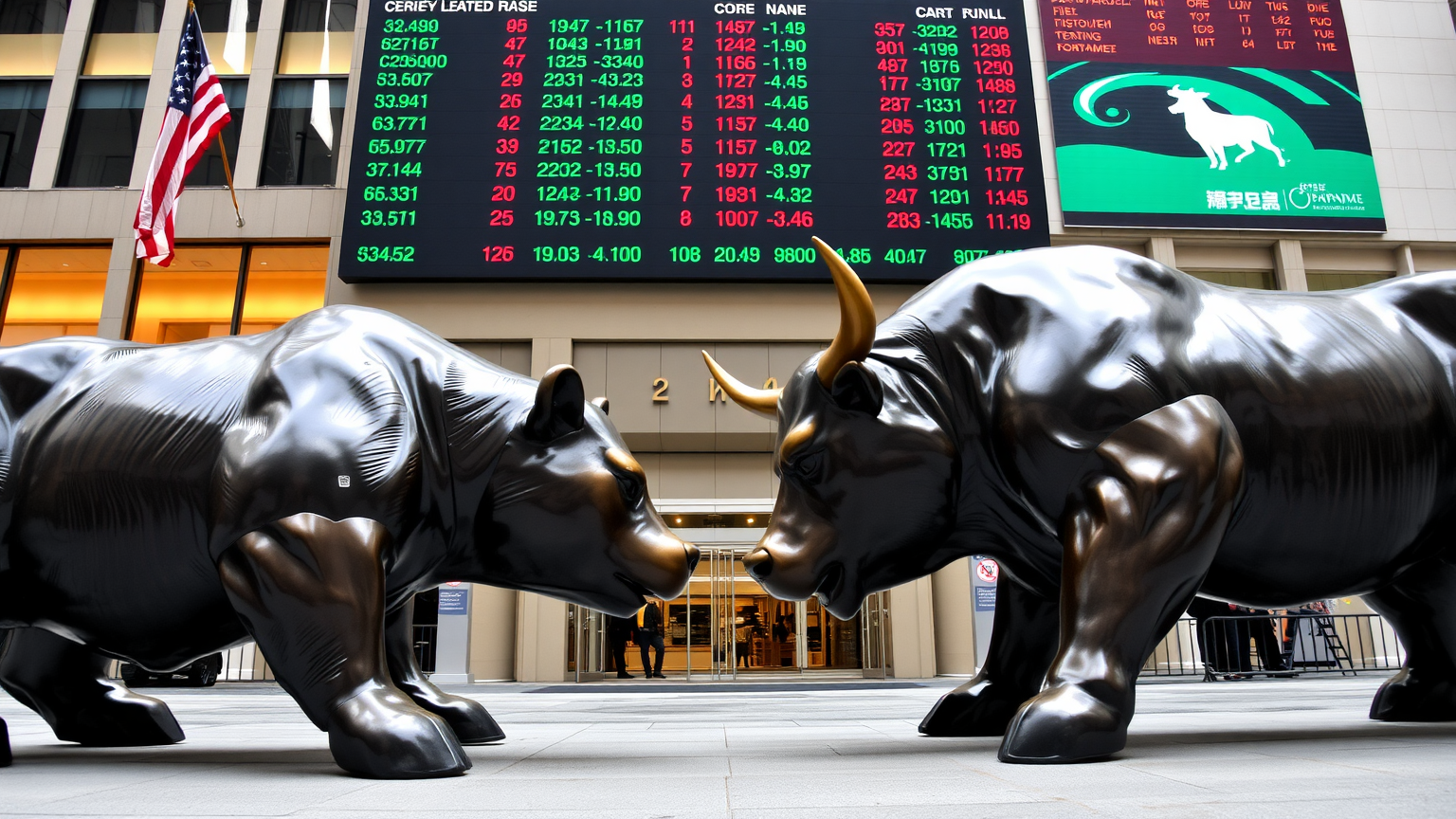Morgan Stanley has issued a significant downgrade for South African energy and chemicals group Sasol, shifting its investment stance and lowering the price target. The bank’s revised assessment points to persistent cash flow challenges and deep-seated structural issues within the company’s domestic operations as primary causes for concern.
Revised Rating and Price Target
In a move that underscores growing apprehension, Morgan Stanley adjusted its rating for Sasol from “Overweight” to “Equal-weight” this past Monday. Concurrently, the firm slashed its price target significantly, from 140 South African Rand to 120 Rand. The analysts justified this decision by highlighting disappointing projections for free cash flow in 2026 and 2027, which are anticipated to be a mere 5 to 6 Rand per share. This level of cash generation would imply a valuation multiple of approximately twenty times earnings.
The financial institution’s report suggests that one-off, short-term factors are currently masking the underlying weakness in Sasol’s fundamental ability to generate cash. It noted that debt repayments scheduled for the 2025 fiscal year are largely dependent on a payment from Transnet, fluctuations in working capital, and dividend receipts—all of which are considered temporary sources of funds.
Operational Headwinds and Strategic Challenges
The company is confronting a complex array of operational pressures. Softer global oil and chemical markets are squeezing profit margins, while a stronger South African Rand is increasing the cost of its exports. However, the most significant threats are structural.
Securing a reliable and affordable supply of key raw materials has become a critical vulnerability. Natural gas production in Mozambique is declining, and replacement coal is becoming both more expensive and scarce. Compounding this, Sasol’s own coal production volumes are experiencing a structural downturn. The profitability of its operations is further pressured by rising carbon taxes within South Africa.
Morgan Stanley expresses skepticism regarding Sasol’s ability to successfully navigate these structural challenges. Reflecting this view, the bank reduced its earnings forecasts for 2026 and 2027 by nearly one-fifth. This downward revision is attributed to expectations of lower coal and chemical output, combined with adverse currency effects.
Should investors sell immediately? Or is it worth buying Sasol?
A Glimmer of Hope in Recent Financials
Despite the cautious forward outlook, Sasol demonstrated a notable financial turnaround in its most recent fiscal year, which concluded on June 30, 2025. The company swung from a substantial net loss of 44.3 billion Rand to a net profit of 6.8 billion Rand. This performance fueled a share price recovery of approximately 39% over the year, effectively halting a three-year downward trend.
Key Financial Metrics for Fiscal Year 2025:
* Net Profit: 6.8 billion Rand (a reversal from a loss of 44.3 billion Rand)
* Earnings Per Share: 10.60 Rand (compared to a loss of 69.94 Rand)
* Free Cash Flow: Increased by 75% year-over-year
* Net Debt: $3.7 billion (an 11% reduction)
Although debt levels have decreased, net debt remains above the $3 billion threshold that management has identified as a prerequisite for the potential reinstatement of dividend payments. The company’s leadership now targets achieving this goal by the 2027/2028 period.
New Strategic Direction
Under the leadership of CEO Simon Baloyi, Sasol is pursuing a strategic pivot. The new approach emphasizes increased coal usage, a reduced reliance on gas, and a sharpened focus on renewable energy sources. The strategy aims to cut emissions by 30% before 2030 while simultaneously boosting production at the Secunda facility by a minimum of 4.5%.
Progress is already underway, with Sasol having secured 920 megawatts of renewable energy capacity. This is a step toward its ambitious target of 2 gigawatts by 2030. This transition is designed not only to improve the company’s environmental footprint but also to lower its long-term energy costs.
Sasol’s equity now stands at a critical juncture. While recent operational improvements are commendable, the scale of the structural challenges remains substantial. The stock’s ability to sustain its recovery will largely depend on management’s success in mitigating raw material risks and effectively executing its decarbonization strategy.
Ad
Sasol Stock: Buy or Sell?! New Sasol Analysis from December 24 delivers the answer:
The latest Sasol figures speak for themselves: Urgent action needed for Sasol investors. Is it worth buying or should you sell? Find out what to do now in the current free analysis from December 24.
Sasol: Buy or sell? Read more here...










